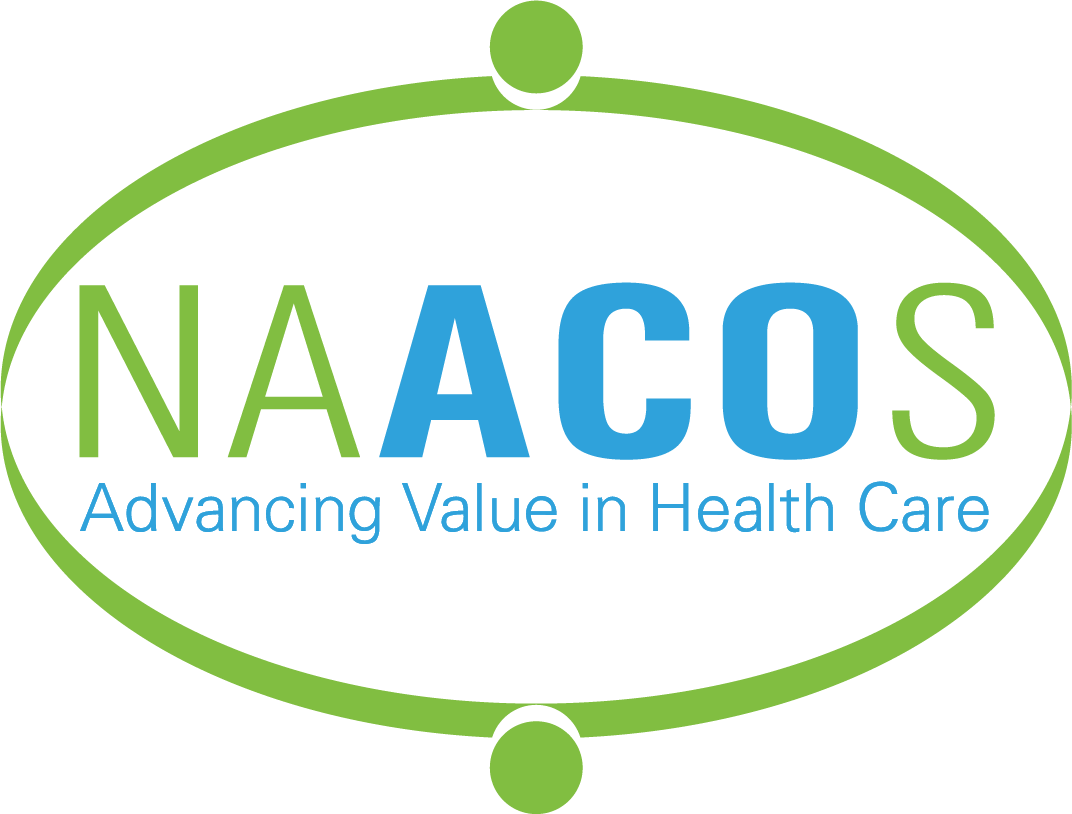March 11, 2020
| The Honorable Mitch McConnell Majority Leader United States Senate Washington, DC 20510 | The Honorable Nancy Pelosi Speaker United States House of Representatives Washington, DC 20515 |
| The Honorable Charles Schumer Minority Leader United States Senate Washington, DC 20510 | The Honorable Kevin McCarthy Minority Leader United States House of Representatives Washington, DC 20515 |
Dear Congressional leaders:
Thank you for your ongoing leadership to ensure Medicare beneficiaries have access to telehealth visits during the COVID-19 public health emergency. Telehealth is currently in use to improve access to care, speed diagnosis and treatment, and limit the risk of person-to-person transmission of the virus. While health care providers cannot confirm a diagnosis of coronavirus by performing a telehealth visit, they can screen patients, assign a risk category, answer questions and recommend next steps. Importantly, telehealth also eases the burden on day-to-day care delivery, allowing hospitals and physician practices to focus limited resources on critical, high-acuity patients, while providing efficient, quality care to non-COVID-19 patients.
Congressional action last week provided the Secretary of Health and Human Services (HHS) with limited new authority to waive some Medicare restrictions on telehealth during the Coronavirus Public Health Emergency. We appreciate this important first step. Waiving the originating site restrictions on telehealth will now provide patients with access to care from their homes. However, after feedback from health care providers, telehealth leaders, and other stakeholders working to combat the virus, we ask for your support in addressing barriers that were built into the legislation that are subsequently preventing health care providers from fully leveraging and scaling critical telehealth services needed to combat COVID-19.
Given how important it is for all older people and individuals with health conditions that place them at higher risk of severe illness from COVID-19 to avoid public places and medical waiting rooms, we urge Congress to make it explicitly clear that the new telehealth authority afforded to HHS allows the Secretary to waive telehealth restrictions for all medical conditions during the public health emergency, not just those associated with treatment for COVID-19 patients. Similarly, we recommend that this include opportunities for strained emergency departments (EDs) and skilled nursing facilities (SNFs) to rely on infectious disease and other specialist physicians in the diagnosis and treatment of a range of complex conditions, including COVID-19. We urge Congress to work with the Administration to ensure beneficiaries who are being treated in hospital EDs and SNFs have access to appropriate specialty care using telehealth technologies.
To address this barrier, we urge you to consider changes to the Definition of Qualified Provider: under the Telehealth Services During Certain Emergency Periods Act of 2020 passed as part of HR 6074, the “Qualified Provider” provision creates several limitations that have unintended consequences for providers delivering virtual care under any waiver(s) invoked by HHS.
First, virtual visits generally start with a medical practitioner. Under the new language, the medical practitioner would begin a patient visit with a claims data look-up for the past three years to determine eligibility for payment. To conserve the time of clinicians, health systems would have to insert an administrative layer between the patient and the clinician by starting the visit with an administrative coordinator who would perform the intake and eligibility determination. If the patient is not eligible under the three-year rule, they could then be referred to in-person care, charged the full amount of the telehealth visit, or given the visit for free. Hospitals nationwide are looking at free visits but could encounter anti-kickback violations.
Second, if the health system finds that a patient was treated within the last three years, but the service was billed under a commercial carrier, care for that patient would not be eligible for Medicare reimbursement. Under the new statutory requirement, a provider is eligible for reimbursement only if the prior service was paid by Medicare. That means that a beneficiary who recently turned 65 would not have access to telehealth benefits immediately – even if they have an existing provider relationship.
Third, the language around the Tax Identification Numbers (TIN) has additional unintended consequences for hospitals and physician groups that have multiple TINs. For example, if within the past three years a patient had a visit with the radiology department of a health care system that has a different TIN, it would not count toward eligibility should the patient seek treatment via telehealth with the hospital’s primary care medical group.
Finally, the language doesn’t account for the heavy reliance of health care providers on telehealth vendors. Hospitals and large provider offices largely contract with these vendors to provide telehealth services under their care umbrella (the ability to bring in outside help will become particularly important if the crisis worsens). In most cases, vendors are generally not credentialed into the hospital EMR or claims database, making it impossible to determine if there has been a relationship in the past three years.
Given these challenges, we urge Congress to strike the “Qualified Provider” limitations from statute. While we understand that the intent was clearly to leverage existing patient-provider relationships, the provision, as written, makes it extremely difficult to offer covered telehealth visits within the Medicare program and presents providers with a new set of burdensome compliance risks at a time when all efforts should be focused on combating the spread of COVID-19.
The undersigned organizations thank you for your consideration and look forward to working with you on this important effort.
Sincerely,
Alliance for Connected Care
Association of American Medical Colleges
American Academy of Family Physicians
American Psychiatric Association
American Telemedicine Association
AMGA
Connected Health Initiative
eHealth Initiative and Foundation
Health Innovation Alliance
Healthcare Leadership Council
Infectious Diseases Society of America
The Joint Commission
National Association of ACOs
National Council for Behavioral Health
